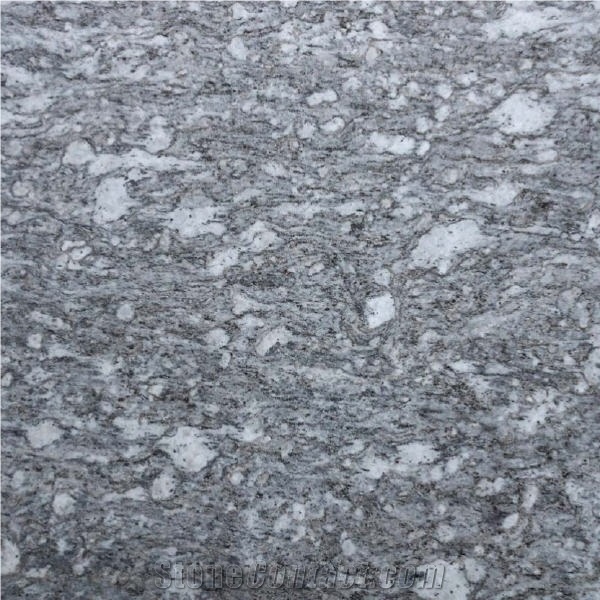Alps Snow Gneiss
 Italy
(Pianasca quarry, Villadossola (VB))
Italy
(Pianasca quarry, Villadossola (VB))
Compression breaking load (MPa) 164
Compression breaking load after freezing (Mpa) 160
Soaking ratio (° / °) 2.80
Breaking load through indirect tensile bending (MPa) 19
Impact resistance: minimum fall height (cm) 85
Frictional wear test 0.93
Unit weight (kN / m3) 25.7
Knoop microhardness (MPa) 3892
Speed ultrasonic waves (m / s) 2237

Can Italy's Alps Snow Gneiss be used in wall coverings?

Can Italy's Alps Snow Gneiss be used outdoors?

Can Italy's Alps Snow Gneiss be used in a office?

Can Italy's Alps Snow Gneiss be used exterior applications in very humid climates?

Is Italy's Alps Snow Gneiss an expensive stone?

Are there color variations of Italy's Alps Snow Gneiss?

What is the coefficient of friction of Leathered Italy's Alps Snow Gneiss tiles?

What grade is Italy's Alps Snow Gneiss?

How thick is Italy's Alps Snow Gneiss slabs?
-

 China
China
 8YRDiamond members are premium members on platform, providing members with comprehensive approach to promoting their products, increasing products exposure and investment return to maximize.
8YRDiamond members are premium members on platform, providing members with comprehensive approach to promoting their products, increasing products exposure and investment return to maximize.
 Verified Supplier is for prove company authenticity,including business license,trade license and effective office space,to enhance buyers' trust to suppliers and their products, reducing communication costs.
Verified Supplier is for prove company authenticity,including business license,trade license and effective office space,to enhance buyers' trust to suppliers and their products, reducing communication costs.
Contact Supplier
-

 China
China
 6YRDiamond members are premium members on platform, providing members with comprehensive approach to promoting their products, increasing products exposure and investment return to maximize.
6YRDiamond members are premium members on platform, providing members with comprehensive approach to promoting their products, increasing products exposure and investment return to maximize.
 Verified Supplier is for prove company authenticity,including business license,trade license and effective office space,to enhance buyers' trust to suppliers and their products, reducing communication costs.
Verified Supplier is for prove company authenticity,including business license,trade license and effective office space,to enhance buyers' trust to suppliers and their products, reducing communication costs.
Contact Supplier
-

-

 Italy
Italy
Contact Supplier
-

 Italy
Italy
Contact Supplier
-

-

-

Xiamen Paia Import & Export Co.,Ltd.
 China
China
 7YRDiamond members are premium members on platform, providing members with comprehensive approach to promoting their products, increasing products exposure and investment return to maximize.
7YRDiamond members are premium members on platform, providing members with comprehensive approach to promoting their products, increasing products exposure and investment return to maximize.
 Verified Supplier is for prove company authenticity,including business license,trade license and effective office space,to enhance buyers' trust to suppliers and their products, reducing communication costs.
Verified Supplier is for prove company authenticity,including business license,trade license and effective office space,to enhance buyers' trust to suppliers and their products, reducing communication costs.
Contact Supplier
-

Xiamen Paia Import & Export Co.,Ltd.
 China
China
 7YRDiamond members are premium members on platform, providing members with comprehensive approach to promoting their products, increasing products exposure and investment return to maximize.
7YRDiamond members are premium members on platform, providing members with comprehensive approach to promoting their products, increasing products exposure and investment return to maximize.
 Verified Supplier is for prove company authenticity,including business license,trade license and effective office space,to enhance buyers' trust to suppliers and their products, reducing communication costs.
Verified Supplier is for prove company authenticity,including business license,trade license and effective office space,to enhance buyers' trust to suppliers and their products, reducing communication costs.
Contact Supplier
The request includes: 1. surface finished, size 2. quantity required






